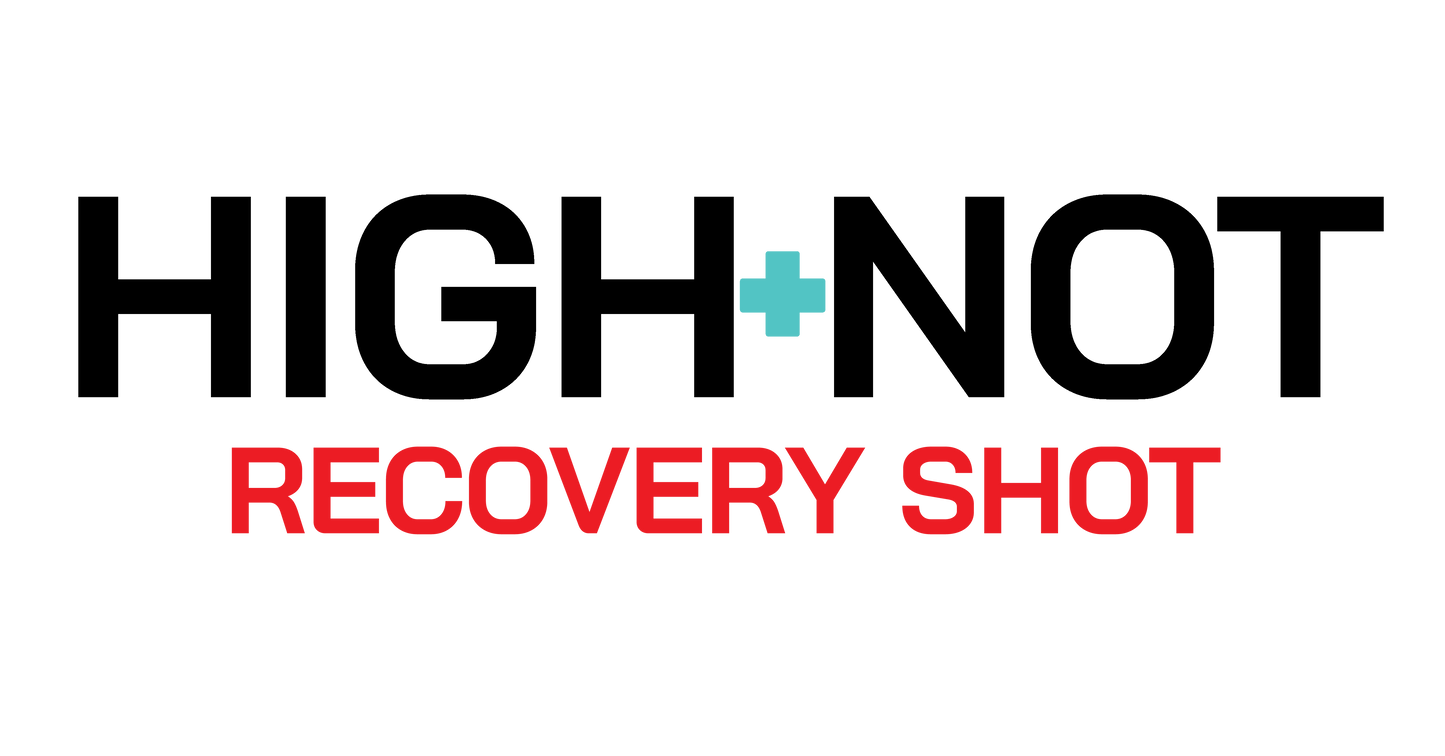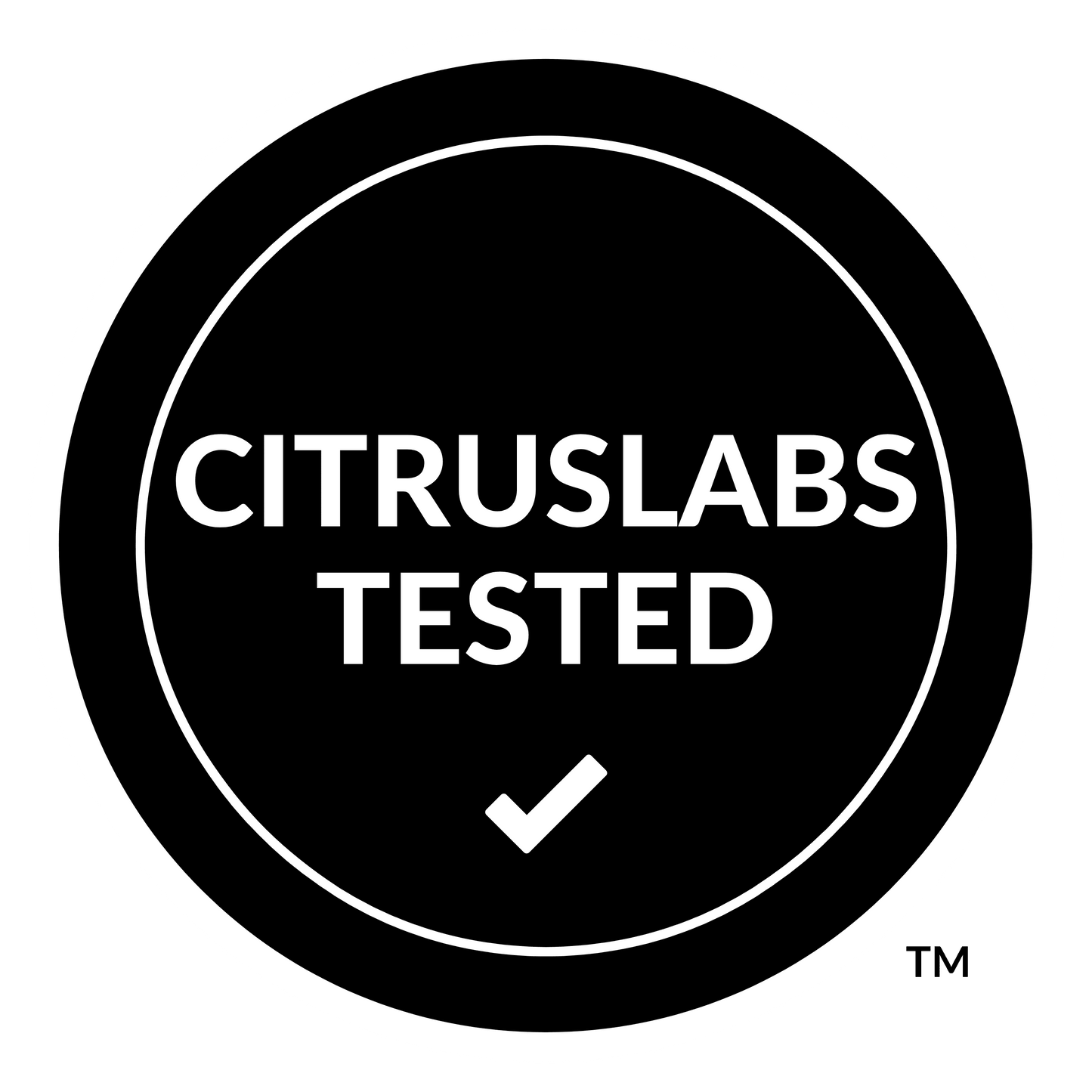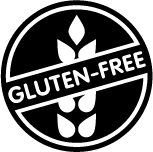
Navigating the path to recovery from THC can be filled with questions and uncertainties. Whether you’re exploring this journey yourself or helping a loved one, understanding the nuances of high-not and THC recovery can make all the difference. Let’s dive into the essential questions and offer insights that bring clarity.
1. Understanding High-Not
High-not is a concept that reflects the state of not being under the influence of THC after regular usage. It’s a natural shift, steering towards clarity and presence. High-not involves reaching a balanced state where individuals are able to engage fully with their surroundings without the altering effects of cannabis. For enthusiasts aiming to transition, understanding how to achieve a high-not state can be the first step towards holistic wellness.
Navigating the transition to high-not can be a rewarding experience. This phase is about rediscovering clarity and sharpness in everyday life. For those seeking tools to aid in the journey, High-Not products offer promising solutions by moderating the psychoactive effects and facilitating a smoother transition to sobriety.
2. What Happens During THC Withdrawal?
THC withdrawal might include symptoms like irritability, insomnia, and cravings. Recognizing these signs helps in creating strategies to manage them efficiently. These symptoms can vary in intensity but usually subside as the body adjusts to a THC-free state. Understanding that these experiences are temporary can provide reassurance and motivate individuals to persist through the early stages of recovery. Implementing mindfulness and relaxation techniques can also alleviate some withdrawal symptoms.
3. The Role of Support Systems
A solid support network is crucial. Whether it’s friends, family, or support groups, having people who understand and support your journey is invaluable. Recovery is not a solitary path; it’s enriched by the compassion and encouragement of those who care. Finding a group that focuses on THC recovery can also provide insights and shared experiences that make the process more relatable and attainable. In times of challenge, reaching out for support can be a beacon of strength and motivation.
4. Effective Coping Strategies
Incorporating techniques like mindfulness, exercise, and creative outlets can greatly reduce stress and improve mood during recovery. Mindfulness practices, such as meditation, enhance awareness and help manage cravings by fostering a non-judgmental perspective on one’s thoughts and feelings. Engaging the body through exercise releases endorphins, which naturally enhance mood and reduce stress. Creative pursuits, like painting or playing music, provide an expressive outlet that can be deeply rewarding and fulfilling.
5. Professional Help and Therapy
Seeking professional guidance from therapists or counselors can offer tailored approaches to recovery, empowering individuals with the tools they need. Professionals can help identify underlying causes of substance use and develop coping mechanisms that align with the individual’s lifestyle and goals. Cognitive-behavioral therapy (CBT) and motivational interviewing are proven methods that aid in restructuring thought patterns and building motivation. Professional support structures a path for recovery when personal efforts reach their limit.
6. Diet and Nutrition’s Role
A balanced diet can aid in detoxification and overall well-being. Foods rich in omega-3 fatty acids and antioxidants are particularly helpful. Omega-3 supports brain health, while antioxidants fight inflammation, aiding in the body’s recovery. Incorporating plenty of water supports detoxification, helping to eliminate THC metabolites more efficiently. Eating whole foods, including fruits, vegetables, and lean proteins, provides the nutrients needed for the body’s repair and regeneration, fostering overall vitality during the recovery process.
7. Mindfulness and Meditation
Mindfulness and meditation are powerful practices in calming the mind and strengthening the resolve to stay THC-free. Regular practice helps in focusing on the present and building resilience against daily stressors. Meditation enhances emotional regulation, crucial during recovery, by training the mind to pause before reacting to triggers. Starting with just a few minutes daily and gradually increasing duration can lead to significant benefits and support the journey to maintaining a high-not lifestyle.
8. Exercise as a Recovery Tool
Regular physical activity can improve mood, reduce stress, and help balance the mind-body connection crucial in recovery. Exercise naturally boosts energy levels and enhances mental clarity, which can be particularly beneficial during the transition away from THC. Activities like yoga and tai chi also incorporate mindfulness, adding a layer of mental engagement and focus to the physical movement. Committing to a fitness routine creates structure and purpose, essential elements in achieving long-term recovery goals.
9. Overcoming Cravings
Understanding triggers and developing strategies to overcome cravings is a key component of maintaining a high-not state. Identifying specific situations or emotions that prompt cravings empowers individuals to address them proactively. Techniques such as distraction, substitution, or breathing exercises can redirect focus and reduce the intensity of cravings. Additionally, reinforcing positive behaviors with rewards helps build new, healthy habits and enhance commitment to a THC-free lifestyle, making the journey more rewarding.
10. Long-Term Recovery Goals
Setting achievable long-term goals keeps you focused and motivated on your journey, providing direction and purpose. Goals should be specific, measurable, attainable, relevant, and time-bound (SMART) to maintain clarity and motivation. Whether the aim is to pursue a hobby or advance a career free from THC use, these aspirations illuminate the pathway forward. Celebrating small victories along the way reinforces positive progress and builds momentum toward larger milestones, ultimately leading to greater satisfaction and fulfillment.
11. Success Stories and Inspiration
Hearing others’ success stories can provide encouragement and inspiration, reminding you that recovery is possible. Personal accounts of overcoming THC dependency illuminate the path for those embarking on a similar journey. They offer practical tips, illustrate perseverance in the face of difficulties, and highlight the profound changes achievable through dedication. Entering recovery with a support community exposes you to narratives that highlight resilience, prompting you to envision broader possibilities and granting the confidence needed to achieve those dreams.
12. The Importance of Rest and Relaxation
Ensuring you get enough rest is vital. It allows the body to heal and the mind to process changes naturally. During recovery, the body works hard to regain equilibrium, and sleep aids in cellular repairs and hormone regulation. Establishing a relaxing bedtime routine, free from screens and stimulants, creates an environment that encourages restful sleep. Practices such as journaling or reading can wind down the day, reducing stress and promoting a peaceful transition into restful slumber.
13. Tech Tools to Aid Recovery
Utilizing apps and digital resources can provide daily motivation, track progress, and connect you with support communities. From meditation apps to fitness trackers, technology can personalize and streamline your recovery plan. Apps offering guided meditations focus on stress reduction and mindfulness, while exercise apps help maintain physical health. Engaging with online support groups facilitates connections with like-minded individuals for shared encouragement, creating a network of accountability and inspiration directly from your device.
14. Maintaining Motivation
Staying motivated through affirmations, rewards, and visualizing success keeps you on track toward a THC-free lifestyle. Creating a vision board, where you display images representing goals and aspirations, serves as a daily reminder of what’s valuable and achievable. Incorporating affirmations into your routine empowers with positivity, reinforcing the belief in your ability to overcome challenges. Rewarding progress, big or small, imbues the recovery process with positivity, making the journey satisfying and reinforcing commitment to the high-not lifestyle.
15. Understanding Relapse and Recovery
Relapse can happen, but it’s part of the journey. Identifying the reasons behind it helps you come back stronger and more resilient. It’s crucial to reframe relapse not as a failure but as an opportunity for growth and learning. Developing a relapse prevention plan that includes trigger identification, coping strategies, and a support network can significantly reduce the chances of relapse. Open communication with counselors or support groups aids in processing emotions surrounding relapse, transforming setback into stepping-stone for greater confidence moving forward.








